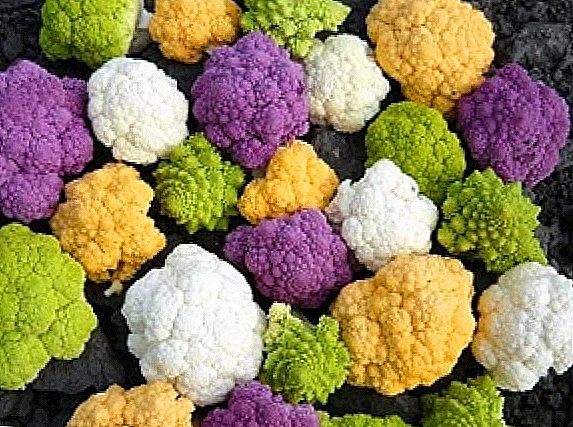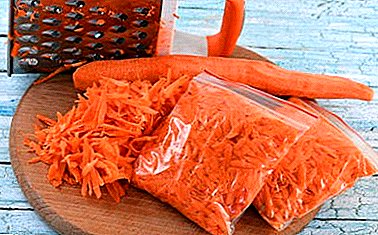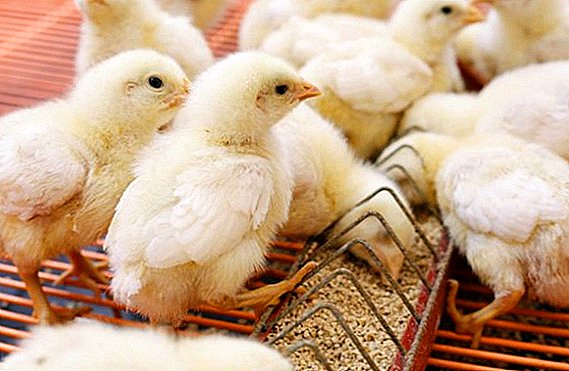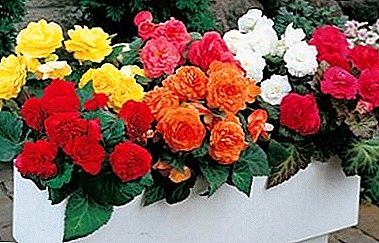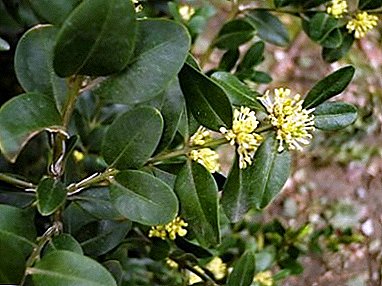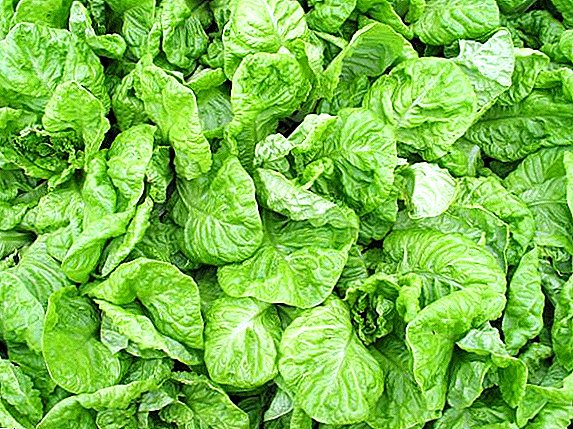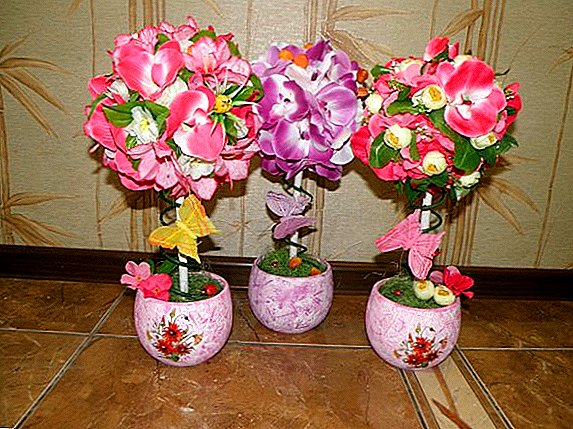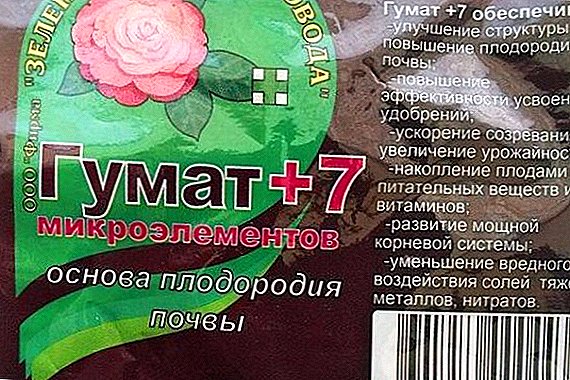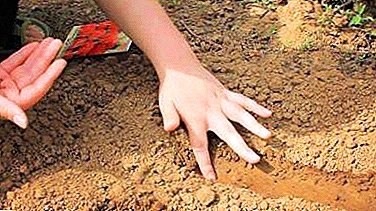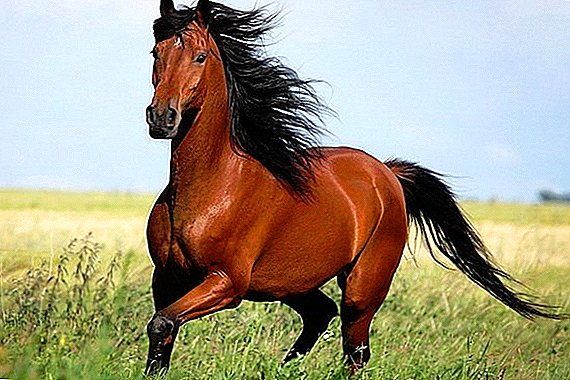 When you hear the sounds of an old Russian romance about "a pair of bay horses harnessed to dawn," you suddenly catch yourself thinking: are generally bay horses what are they?
When you hear the sounds of an old Russian romance about "a pair of bay horses harnessed to dawn," you suddenly catch yourself thinking: are generally bay horses what are they?
For those who are also interested to learn everything about this very common horse suit, we will tell about it in detail.
Origin of suit name
There is no clear definition about the origin of the name of the bay suit of horses. By the way, the very word "horse", according to the most common version, is not originally Russian.
In our language, a lot is borrowed from the Turkic dialects, and this is due not only to the lengthy Mongol-Tatar rule, a large number of Turkisms have much more ancient roots.
The word "horse" is usually associated with the Türkic "horse" (sometimes with the addition of "a" at the beginning), which the Turks called castrated stallions.  From the Turkic came the names of some colors of horses, in particular, kauraya, savrasaya, roan and buckskin.
From the Turkic came the names of some colors of horses, in particular, kauraya, savrasaya, roan and buckskin.
Did you know? In the fairy tale about Sivku-Burka, I tell the kaurk three words from the long nickname of the main four-legged hero to indicate his suit, but it is rather difficult to imagine how a silver-brown horse could look like. Burqas in Russia called the horses just a bay suit, nodding, or sivaya - this is rather a gray or ashy mare, and “kaurka” is a rather rare light brown color characteristic of wild horses. Thus, the three parts of the name of a fairy-tale animal mutually exclude each other. Apparently, Ivan the Fool got the heroic horse of an unprecedented color, which probably should emphasize the unusual, magical nature of this horse. However, what the word "meaning" means is even less clear, because, based on the content of the tale, the horse did not predict anything.
But with the bay suit everything is more complicated. In the old Russian language was the verb "oppress", "gnaw". This word meant the process of kindling, fanning the fire.
If we look at the "classic" bay horse (at least in the photo) - dark chocolate wool playing in the sun, black legs below the knee, the same tail and mane - then there is an association with something roasted on a fire.  However, strangely enough, the word “bay” is often associated with European languages, however, with words usually meaning something fried or even burnt, in particular, “nidor” in Latin means chad, smoke, cinder; the word "knissa" was used by the ancient Greeks in relation to the smell of roasted, burning, but the Czech "snědý" means dark.
However, strangely enough, the word “bay” is often associated with European languages, however, with words usually meaning something fried or even burnt, in particular, “nidor” in Latin means chad, smoke, cinder; the word "knissa" was used by the ancient Greeks in relation to the smell of roasted, burning, but the Czech "snědý" means dark.
In general, there is no clear certainty in which language the word "bay" is native, and in which it is introduced, but it seems that initially it really meant something related to roasting on fire.
Learn about such breeds of horses: "Vladimir Heavy Duty", "Arab", "Tinker", "Appaloosa", "Akhal-Teke".
Distinctive features
For many centuries it has been customary to classify horse suits into four large groups — red, bay, black and gray; all other variations are the so-called mastheads and submarines. 
Important! Otmastok - the degree of saturation of the main color in the color of the horse, decks - any color that is not a "classic".
Recently, however, there are tendencies to reduce the classification to three (by removing gray) and even to two (by removing gray and bay).
Anyway, a horse is called a bay, in which:
- the main color of the body, head, neck and upper half of the legs (up to the knee) is saturated brown of different shades, however, it contains a large number of black hairs (hence the association with burnt bread or meat);
- the lower part of the legs (from the knee), the tail, the mane and the ears are monotonically black edging (dark areas can also be on the face);
- brown eyes;
- the skin under the coat is gray.
Important! Dark legs in animals of this suit sometimes “appear” not from birth, but after the first shedding, so if the famous “pair of bay” has a completely red foal, this is not a reason to be upset and suspect a mare of any nonsense. The "correct" color will just appear a little later.
Bay suit is very common and loved among fans of these noble animals, as well as athletes.
Bear Suit Varieties
The standard described above allows the horse to be identified as a bay. However, inside this suit there is a mass of shades and variations, and sometimes not so similar to the “source” that only a specialist can correctly identify the suit.
Light bay
The light-bay horse, as you might guess, has a basic color of light brown or red (brick) shade, while on the back it is darker than on the belly (sometimes a dark stripe runs along the upper part of the body with a kind of "belt").
Bright can also be areas on the face, often around the eyes. The rest of the head, the mane, the tail and the lower part of the legs are dark brown or black with brown hairs. 
Did you know? "White socks" on the legs of a bay horse are quite permissible, although until recently there was a myth that the light color of the limb indicates its weakness and soreness. To verify the stupidity of this statement, suffice it to say that the most expensive horse in the world, a thoroughbred stallion of English riding breed named Frankel, valued at a record two hundred million US dollars (!), Has a bay suit with symmetrical white socks on all four legs.
Dark bay
The dark bay horse has black legs, a mane, a tail. The back and the lower part of the muzzle are almost black. The main color is dark chocolate, with a lot of black hair.
Unlike karak suit, which is often confused dark-bay, the latter should not have any tan and light spots. 
Cherry-bay (red)
In cherry-bay horses, the main color of the coat has a beautiful reddish (light or dark) shade against a brown or red one.
In the color of the mane, tail and legs, brown ebb is also observed. Red horses, according to many connoisseurs, are the most beautiful master, but it is quite rare.
Wool in such horses really looks gorgeous in the sun, pouring red flashes. 
Deer-bay
This is a two-tone color, where the darker color of the upper part of the body gradually becomes lighter in its lower part (like that of a deer, hence the name otmastka). 
Chestnut
Almost a classic version. The name of the main dark brown color speaks for itself. Very beautiful color, especially in the sunlight. 
Cereals - the basis of the diet of concentrated types of feed, which give strength and energy to horses. These include corn, oats, barley, wheat and rye.
Karak
As it was said, horses of this hue are very similar to dark-bay ones; they are distinguished into a separate group due to the occurring bright tan on the muzzle and in the inguinal part of the body, that is, the dark areas are distributed on the body of such animals more zonal.
The name has the same root as "brown", and comes from the Turkic "kara-kupa", meaning black-brown color. Interestingly, in most modern European languages such horses are called black and bay. 
Suckers
An outcast, also suggesting the presence of light tannins, which may be present on the muzzle, in the groin and even on the croup and forelegs with a mostly bright brown body color. A rare variation that speaks of a manifested wild ancestor gene. 
Golden
A variation of light-brown dressing, when the main color is a golden-red tint. 
Did you know? The color of the animal is manifested due to a well-defined combination of genes. Until today, it has not been reliably established whether there is a direct link between the gene responsible for coat color in horses and the gene responsible for character, health and other characteristics. Many experts give a positive answer to this question. Perhaps there is some truth in this, it’s not for nothing that bay horses (and they are found in most breeds) are so popular in equestrian sports, because such horses are considered the most healthy, strong and balanced.
Bayed suit is not a sign of pure blood, although there are breeds that suggest a very specific color.
Fashion for different colors of horses can change, however, these or other variations of the bay will always remain popular not only because this suit is most common, but also because it surprisingly suits this graceful and noble animal.


